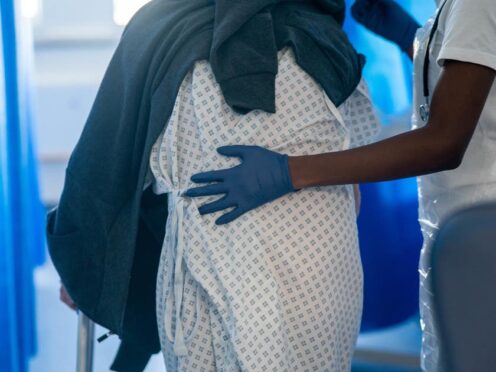The number of Scots waiting four hours or more at accident and emergency is the highest since January, figures show.
Statistics released by Public Health Scotland on Tuesday show 10,019 people waited in emergency departments for more than four hours in the week to June 23.
This was a jump of almost 1,000 from the previous week, when the number was 9,193.
The last time the number of those waiting rose above 10,000 was on January 7 of this year, when it was 10,040.
The proportion of those seen within four hours also fell from 65.9% to 63.7% the previous week.
The Scottish Government aims to ensure 95% of patients are seen and subsequently discharged, admitted or transferred within four hours.
There was a sharp rise in the proportion of patients waiting longer than eight hours in the most recent week, rising from 10.8% to 13.4%.
The number of people waiting more than 12 hours also increased – to the highest since early April – from 4.4% to 6%.
Health Secretary Neil Gray said Scotland has “the best performing A&E sites in the UK”, but waiting times “remain too high”.
He added: “The pressures being felt by our A&E departments are not unique to Scotland, with similar challenges being felt by emergency departments throughout the UK.
“Our hospitals are reporting sustained pressures driven by high levels of occupancy and delayed discharge associated with high numbers of patients who are acutely unwell.
“A&E performance is impacted by pressures from across the wider health and social care system, which is why our unscheduled care collaborative programme is taking a whole system approach as we work with health boards to deliver sustained improvements.”
Further figures released by PHS show some signs of positivity, with May showing the highest proportion of patients seen within four hours since August last year.

In May, 70.8% were seen within the target time, a jump from 67.4% the month before.
Amid a sharp increase in the number of attendances – up from 130,026 to 143,645 – the number of people seen within the goal stood at 101,769, the highest since August 2021.
Scottish Labour deputy leader Dame Jackie Baillie said the latest weekly performance figures show the “creeping normalisation” of “hospital limbo”.
She added: “Patients turn up at hospital hoping for the treatment they need to go home and get on with their lives, but all too often they are ending up spending weeks on hospital wards or waiting to be treated in corridors.
“The SNP has had 17 years to sort out this chaos but it has squandered that opportunity.
“Unlike the SNP, Scottish Labour has a plan to cut waiting lists and drive down waiting times.”
Scottish Liberal Democrat leader Alex Cole-Hamilton said the NHS is “teetering on the brink”, adding: “Staff are overwhelmed and patients are being left to suffer.
“The SNP can’t get the basics right. They are totally out of ideas and have got to go.
“Scottish Liberal Democrats will address the problems at both the front door and the back door of the NHS. We will get everyone fast access to community services, including GPs and dentists, so fewer people need to go to hospital in the first place.”
